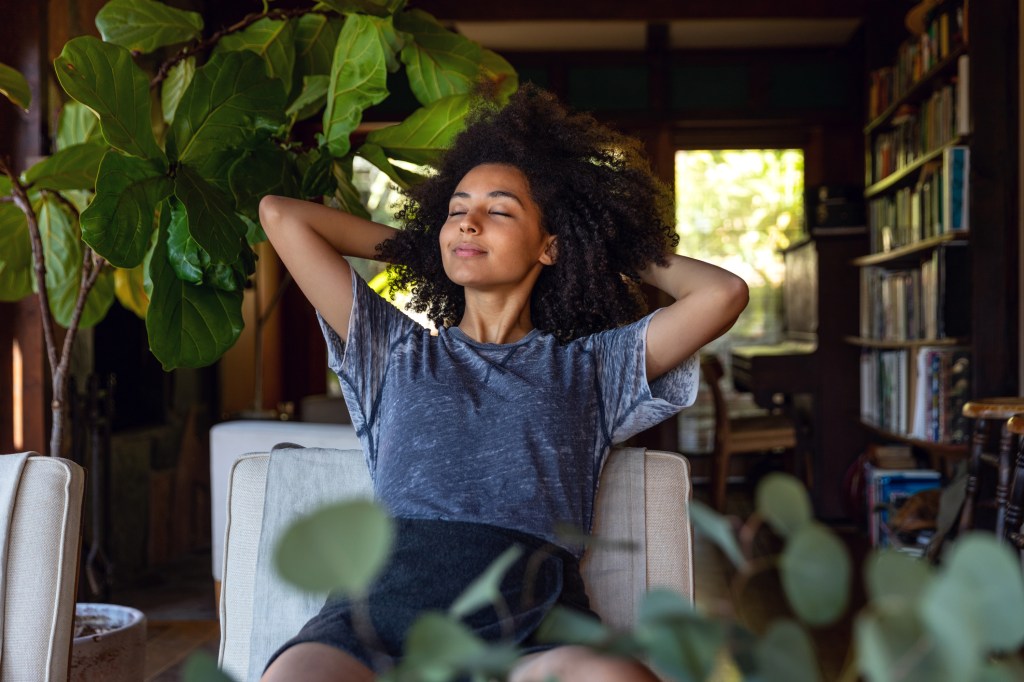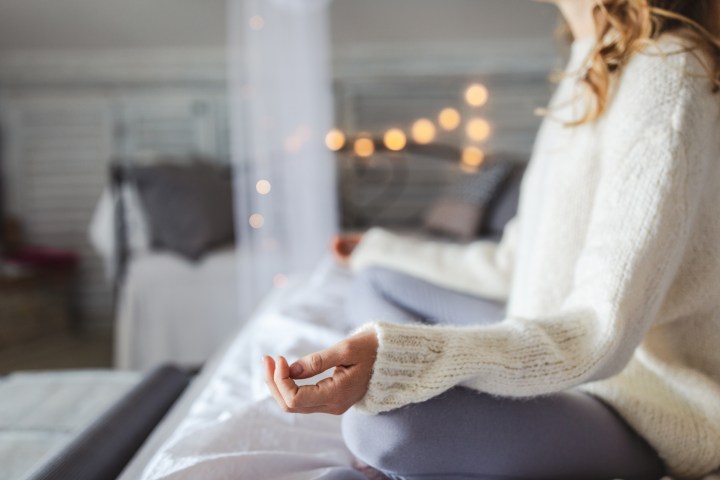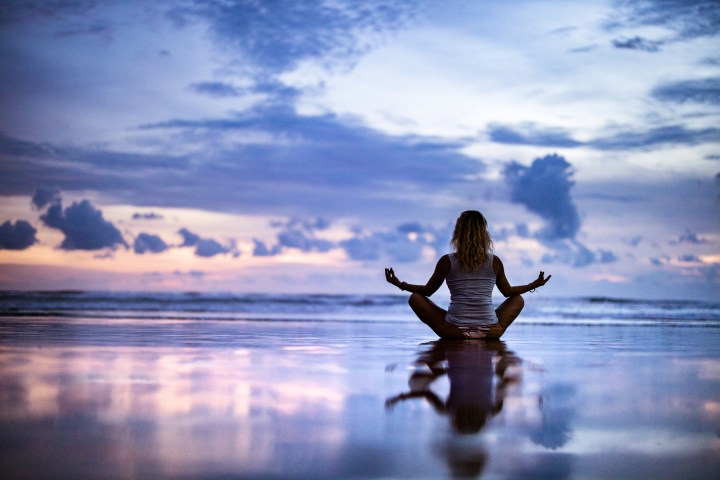Learn a muscle relaxation exercise to help cope with anxiety and panic attacks

Do you suffer from feelings of anxiety or panic attacks? Vijaya Manicavasagar and Derrick Silove, in this extract adapted from their book Overcoming Panic, share a technique that can help with these symptoms.
A stressful lifestyle can contribute to feelings of anxiety and panic in susceptible people. Most people who suffer from panic attacks can recall several stressful incidents in their lives just before the attacks began. Some of these stresses may continue or worsen with the onset of panic attacks.
Problems in any life area become more difficult to solve when you are suffering from panic symptoms. You may face a vicious cycle in which life stresses worsen your panic attacks and vice versa. For example, if the problem you face relates to your work, then you may respond by working longer hours, skipping meals and neglecting to take exercise. This attempt to ‘solve’ the backlog in work commitments may instead increase your susceptibility to panic attacks. Or you may find that arguments or difficulties with a spouse or partner have arisen since you began to have panic attacks. Once again a vicious cycle of anxiety symptoms may be set up, as the added relationship stress leads to a worsening of panic attacks and that puts more pressure on the relationship. The stress may be increased by poor sleep and insufficient time being reserved for leisure and relaxation, raising your level of tension even further.
These everyday stresses can hamper your recovery from panic attacks, especially if you do not have the skills to handle or control your symptoms. To build your resilience to these everyday stresses, it is important to take time for relaxation. One method to unwind and recharge your batteries is to use a technique known as progressive muscle relaxation. This exercise, if practiced regularly, will help to reduce muscle tension and other stress symptoms. It involves progressively tensing and relaxing the major muscle groups in the body while maintaining your breathing at a slow rate:
- Find a comfortable, quiet place to sit or lie down and try to ensure that you will not be interrupted for about twenty minutes. It may be necessary to tell the people that live with you that you do not want to be disturbed or organise time to be alone in a quiet room.
- Close your eyes and focus on your breathing, keeping it slow and even. Say the word ‘relax’ to yourself a few times as you breathe out.
- Tense your right foot, squeezing your toes together and pointing them downwards. Focus on that tension. Slowly release that tension as you breathe out, saying the word ‘relax’ to yourself.
- Now tense your right calf muscle and hold the tension for a while. Slowly release the tension as you breathe out.
- Progress through your body, working through the muscles of your right leg, left leg, buttocks, back, abdomen, chest, shoulders, left arm, left hand and fingers, right arm, right hand and fingers, neck, jaw, lips, eyes and forehead, tensing and relaxing for each group of muscles in the same way.
- Scan through your body and make sure that most of the tension has been released. If some areas are still tense, spend extra time relaxing those muscles.
- Slowly open your eyes. Try to maintain that feeling of relaxation for the rest of the day; or, if it is evening, as you go to bed and prepare for sleep.
The exercise needs to be practised at least once a day in order to be effective. If you can find the time to do it twice a day, the benefits will be greater. Most people find that they notice positive effects after two to three weeks of regular practice. When you begin, find a convenient time of the day to ensure that you can perform the exercise regularly. The most suitable times usually are in the morning when you first wake up and just before retiring for the night.







